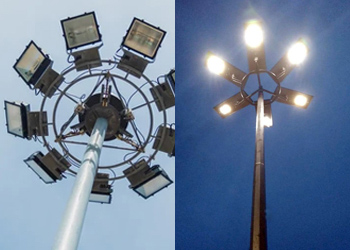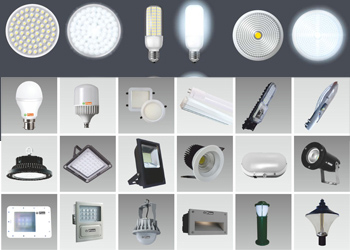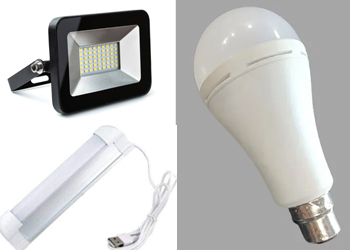LED LIGHTS
LED, in full light-emitting diode, in electronics, a semiconductor device that emits infrared or visible light when charged with an electric current. Visible LEDs are used in many electronic devices as indicator lamps, in automobiles as rear-window and brake lights, and on billboards and signs as alphanumeric displays or even full-colour posters. Infrared LEDs are employed in autofocus cameras and television remote controls and also as light sources in fibre-optic telecommunication systems.
The material used most often in LEDs is gallium arsenide, though there are many variations on this basic compound, such as aluminum gallium arsenide or aluminum gallium indium phosphide.
The term diode refers to the twin-terminal structure of the light-emitting device. In a flashlight, for example, a wire filament is connected to a battery through two terminals, one (the anode) bearing the negative electric charge and the other (the cathode) bearing the positive charge




